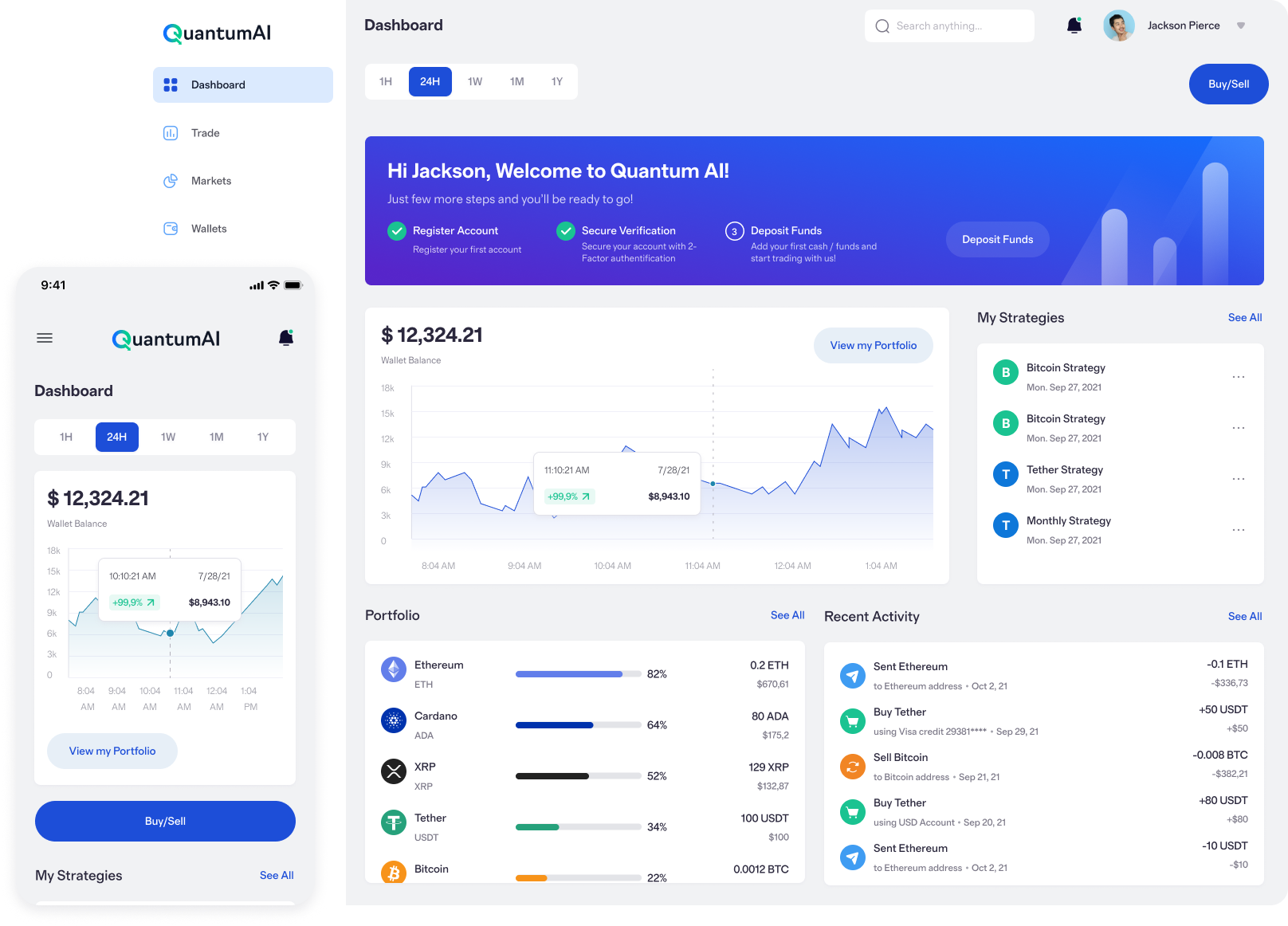Introduction: Quantum computing sounds like something out of science fiction—but it’s very real and set to transform AI as we know it. If you’ve ever wondered how these two worlds collide, this beginner’s guide will break it down in simple terms. Think of quantum computing as a supercharged engine for AI, capable of processing complex data faster than any traditional computer. Ready to dive in? Let’s explore!
What is Quantum Computing? Quantum computing leverages the principles of quantum mechanics, particularly superposition and entanglementUnraveling the Mysteries of Entanglement: Unlocking Quantum .... Instead of traditional bits (0 or 1), quantum computers use qubits that can exist in multiple states at once. This opens doors to solving problems that would take classical computers years—or even centuries!
Why AI Needs Quantum Computing AI thrives on data. But as the data grows exponentially, even powerful classical computers struggle to keep up. Enter quantum computing. It allows AI systems to analyze vast datasets, optimize algorithms, and improve decision-making much faster and more accurately.
Real-World Example: Imagine training an AI model to detect diseases from millions of medical images. Quantum computing can process these images simultaneously, speeding up the training process dramatically.
Conclusion: The fusion of quantum computing and AI is still in its early stages, but the possibilities are limitless. As quantum hardware improves, we’re likely to see breakthroughs in healthcare, finance, and beyond.
Quantum Algorithms Revolutionising Financial Modelling
Introduction: Financial markets are complex, unpredictable, and full of data. Traditional algorithms help—but quantum algorithms? They take things to another level. Let’s unpack how quantum computing is reshaping financial modelling.
What Makes Quantum Algorithms Special? Quantum algorithms can evaluate multiple possibilities simultaneously, thanks to superposition. This means faster, more accurate risk assessments, portfolio optimizations, and fraud detections.
Key Use Case: In risk modelling, quantum algorithms can simulate thousands of market scenarios at once, identifying vulnerabilities or opportunities that traditional models might miss.
Conclusion: Quantum algorithms are still maturing, but their potential to revolutionize financial modelling is undeniable. They’re the future of smart, data-driven finance.
Exploring Quantum Superposition: The Key to AI’s Next Leap
Introduction: Superposition is like a magic trick in quantum computing—it allows qubits to be in multiple states at once. But how does that help AI? This post breaks it down in a friendly way.
What is Superposition? In classical computing, bits are either 0 or 1. Qubits? They can be both at the same time, thanks to superposition. This allows quantum computers to perform many calculations in parallel.
Why It Matters for AI: For AI, this means models can explore a wider range of solutions simultaneously. Think faster training times and more efficient problem-solving.
Example in Action: Consider a logistics AI optimizing delivery routes. With superposition, the AI can evaluate all possible routes at once, finding the most efficient one much quicker.
Conclusion: Superposition is a game-changer. It’s pushing AI to explore more, learn faster, and solve bigger challenges.



